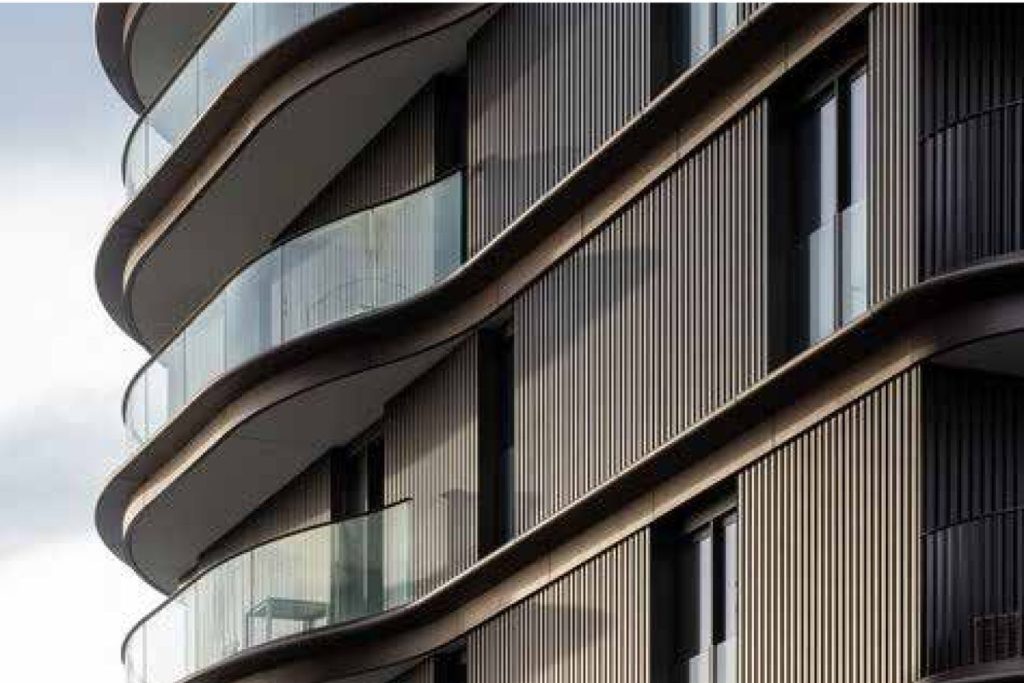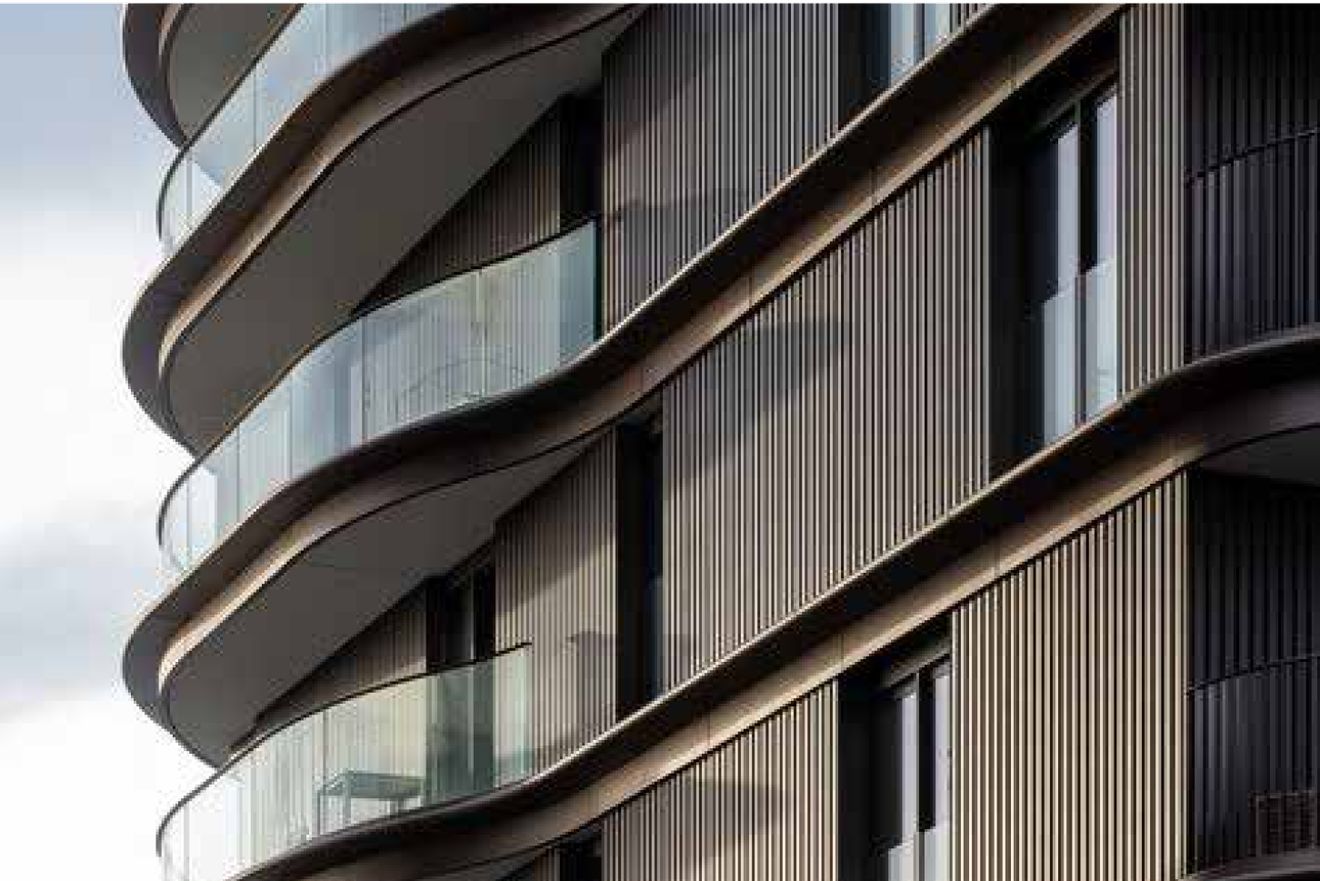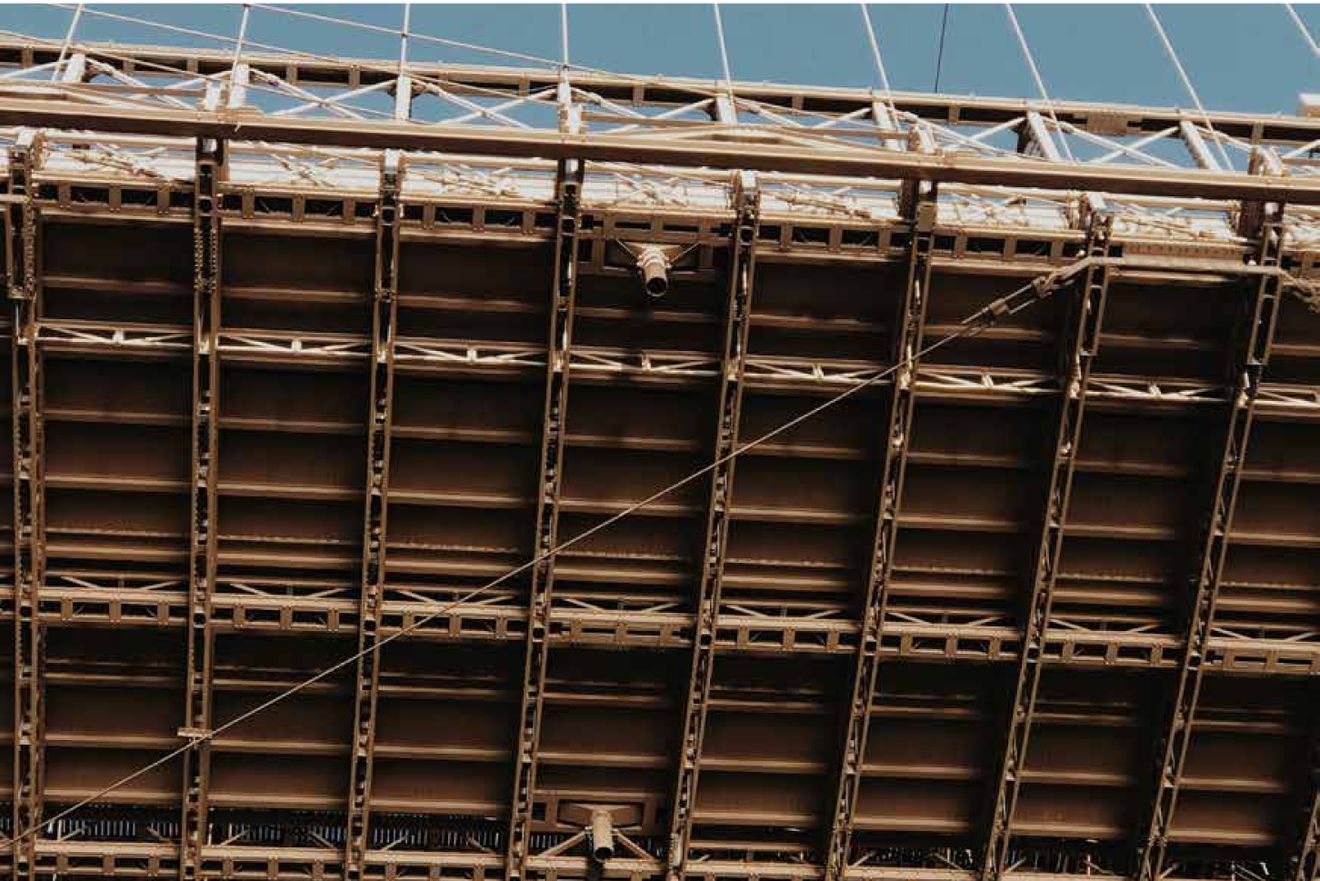Smart technology is increasingly transforming the way modern buildings are designed and constructed. In recent years, advanced technologies such as automation, artificial intelligence (AI), and the Internet of Things (IoT) have become integral to the construction industry, driving significant changes in building designs and enhancing their operational efficiency. This article explores how these technologies are influencing the future of building design and the benefits they offer to developers, designers, and end-users.
Automation and Smart Building Operations
One of the greatest advantages of smart technology is the ability to integrate automation systems into buildings. Using smart control systems for lighting, heating, ventilation, and air conditioning (HVAC), buildings can provide more comfortable environments while improving energy efficiency. For instance, smart sensors can monitor light and temperature levels, automatically adjusting them based on the time of day or the number of people in a room. This reduces energy consumption and saves costs over the long term.
Additionally, smart buildings can automatically adapt environmental conditions to meet user needs, creating a comfortable and healthy atmosphere without manual intervention. This level of automation enhances occupant comfort and delivers an exceptional user experience.
Integrating IoT in Construction
IoT technologies play a pivotal role in connecting devices and systems in smart buildings, allowing them to communicate seamlessly. Through connected sensors, buildings can monitor the condition of furniture, appliances, and facilities, analyzing data to identify maintenance needs or improvements.
For example, smart elevators can notify maintenance teams when repairs or updates are required, reducing downtime and saving maintenance costs. Smart building systems can also monitor air quality, providing alerts when ventilation improvements or pollution control measures are necessary.
These advancements in automation and IoT integration are not only revolutionizing the design and functionality of buildings but also setting the stage for a more sustainable and efficient future in construction. Stay tuned for more insights on how smart technologies are reshaping the built environment.
4o


Sustainable and Energy-Efficient Design
Sustainability is one of the most significant trends in construction today. Smart technology is helping make buildings more energy-efficient while offering innovative solutions to reduce their carbon footprint. By integrating technologies such as smart solar panels, energy storage systems, and advanced recycling mechanisms, smart buildings can achieve high levels of sustainability.
Additionally, smart systems enable building designs to maximize the use of natural light, reducing the need for artificial lighting and minimizing energy consumption for facilities like heating and cooling. This not only benefits the environment but also reduces operational costs in the long term.
Interactive and Customizable Design
Customization Through Smart Technology
Smart technology empowers users to personalize their environments to meet their unique needs.
Smart systems adapt to optimal temperatures, suitable lighting, and preferred sound settings.
Comprehensive Customization Experience
Users can fully customize their homes or offices using:
Smartphone applications.
Voice control systems.
Creating Flexible and Comfortable Environments
Smart buildings are designed to adapt to users’ requirements, enhancing comfort and simplifying daily life. This flexibility ensures that the spaces align seamlessly with the dynamic needs of individuals, promoting efficiency and ease of use.
Enhancing Security and Safety
Smart security systems are a fundamental component of future building designs. Advanced technologies, such as internet-connected surveillance cameras, smart sensors, and access control systems (e.g., smart cards or fingerprint recognition), enable buildings to provide significantly higher levels of security. Smart buildings can monitor activity in real time, identify suspicious behavior, and send instant alerts to security teams or local authorities in emergencies.
Additionally, smart security systems offer extra features, such as automatic door locking during emergencies or adaptive lighting controls to create a secure and navigable environment in both commercial and residential buildings. These technologies ensure that safety and peace of mind are integral to the modern building experience.

Enhancing User Experience
One of the most significant changes brought by smart technology to the construction industry is the improvement of user experience. Smart buildings create better and more accommodating environments for residents and visitors by integrating technologies that make life easier and more comfortable.
From controlling temperature and lighting to providing smart security and monitoring solutions, these technologies contribute to enhancing users’ daily lives, ensuring convenience, comfort, and peace of mind.
“Smart buildings are designed to meet your needs, making your life more comfortable and secure with technologies that enhance your daily experience.”


